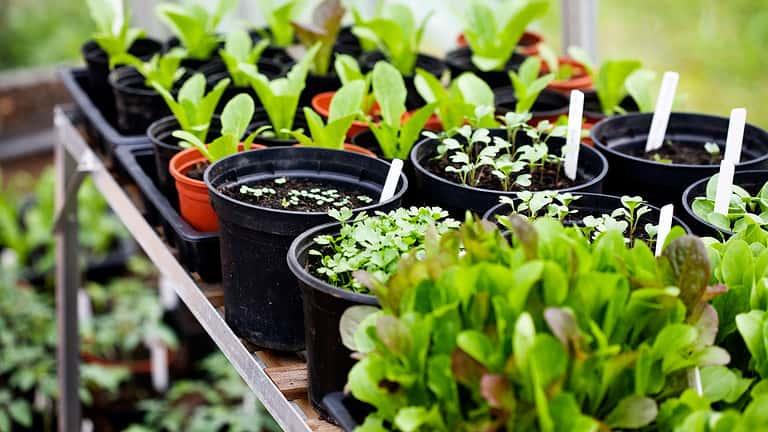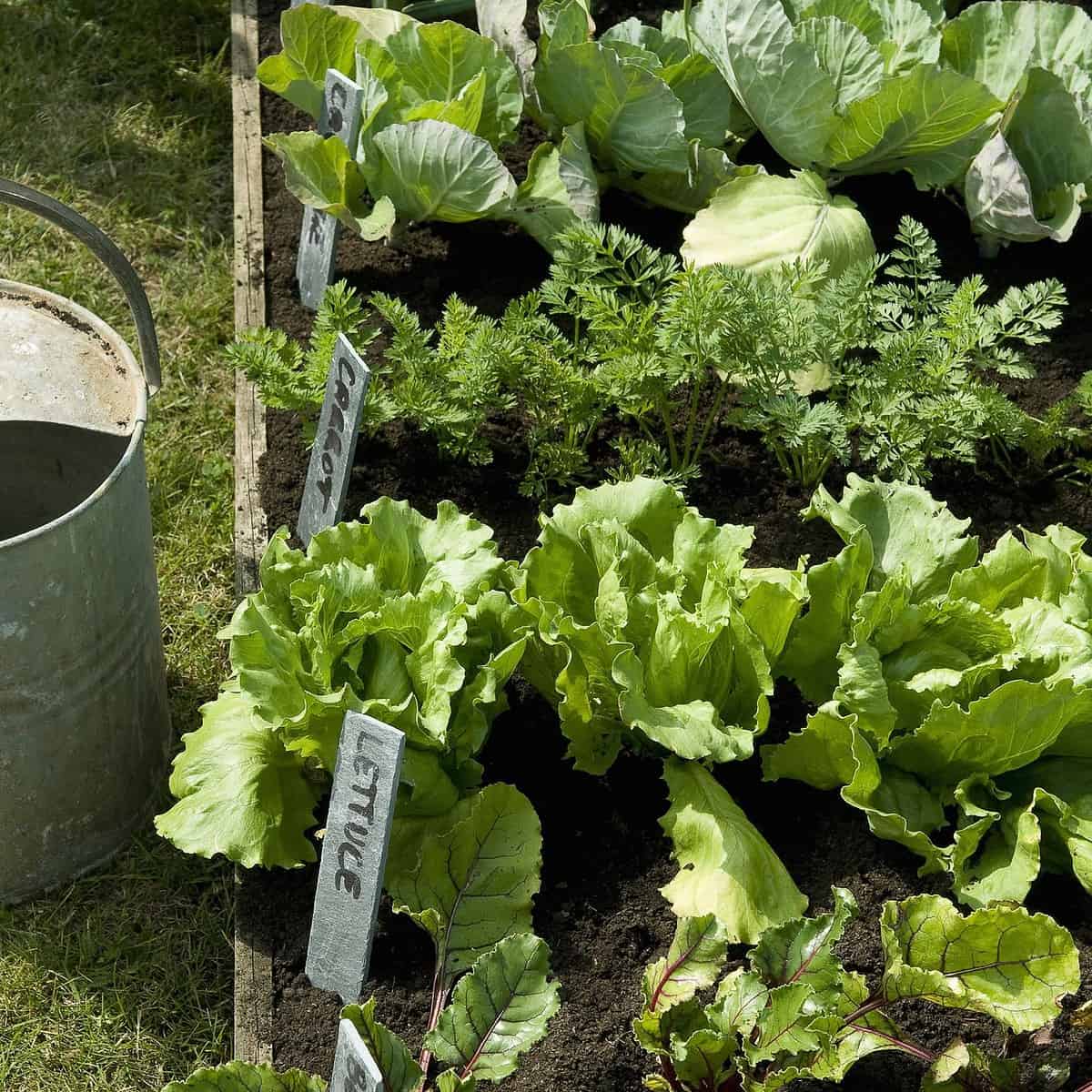Gardening is a wonderful and rewarding activity, and what better way to start the new year than by planting a garden in January? While it may seem too early to start gardening, January is the perfect time to plan and prepare your garden for the year ahead. In this article, we’ll explore the benefits of planting in January, as well as some tips and tricks to help you get started. We’ll also suggest some plants that are perfect for planting in January.
How To Become A Gardener?
Becoming a gardener is a fulfilling and rewarding journey that can bring joy, beauty, and nourishment to your life. Gardening can also improve your physical and mental health, provide a sense of accomplishment, and help you connect with nature. If you’re interested in becoming a gardener, there are a few steps you can take to get started.
- Start Small
If you’re new to gardening, it’s a good idea to start small. Choose a small area in your yard or balcony to begin with, and grow a few plants that are easy to care for. This will help you build confidence and experience before taking on more ambitious projects.
- Research
Do your research before starting your garden. Learn about the plants you want to grow, including their ideal growing conditions, how to care for them, and any potential pests or diseases they may be susceptible to. This will help you avoid common mistakes and ensure the success of your garden.
- Prepare Your Soil
Before planting, it’s important to prepare your soil. This involves removing any weeds, rocks, or debris, and adding organic matter such as compost or manure to enrich the soil. This will provide your plants with the nutrients they need to grow strong and healthy.
- Choose Your Plants
Choose plants that are well-suited to your climate and growing conditions. This will increase the likelihood of success and ensure that your plants thrive. Consider factors such as the amount of sunlight your garden receives, the type of soil you have, and the amount of water your plants will need.
- Plant Your Garden
Once you’ve prepared your soil and chosen your plants, it’s time to plant your garden. Follow the instructions on the seed packets or plant labels, and be sure to space your plants appropriately to avoid overcrowding. Water your plants regularly and monitor their growth to ensure they are healthy.
- Maintain Your Garden
Maintaining your garden is an ongoing process that involves regular watering, fertilizing, and pruning. You’ll also need to monitor your plants for pests and diseases and take steps to prevent or treat any problems that arise.
- Learn from Experience
Gardening is a journey of learning and growth, so be sure to take notes and learn from your experiences. Keep track of what works and what doesn’t, and adjust your approach accordingly. This will help you become a more successful gardener over time.
In addition to these steps, there are many resources available to help you become a successful gardener. Local gardening clubs, online forums, and gardening books and magazines can provide valuable information and inspiration. With time and practice, you can become a skilled gardener and enjoy the many benefits of growing your own plants.
Benefits of Planting in January:
There are many benefits to planting in January. First, you’ll have a head start on the growing season. By planting in January, you’ll give your plants more time to grow and mature before the hot summer months arrive. This means that you’ll be able to enjoy your garden for a longer period of time.
Another benefit of planting in January is that it gives you time to plan and prepare your garden. You can spend time researching the best plants for your climate and soil, as well as deciding on the layout of your garden. This preparation will help ensure that your garden is successful and productive.
Tips for Planting in January:
Now that you know the benefits of planting in January, let’s discuss some tips and tricks to help you get started:
- Start Indoors: Since January can be a chilly month, it’s a good idea to start some of your plants indoors. You can start seeds indoors and then transplant them outside once the weather warms up.
- Use Cold Frames: Cold frames are a great way to extend the growing season and protect your plants from the elements. You can build a cold frame using old windows or other materials.
- Choose Cold-Tolerant Plants: Some plants are better suited for planting in cold weather. These include lettuce, spinach, kale, and broccoli.
- Amend Your Soil: Before planting, make sure to amend your soil with compost or other organic matter. This will help improve soil quality and provide your plants with the nutrients they need to thrive.
- Mulch Your Garden: Mulching your garden can help protect your plants from the cold and keep the soil moist. You can use leaves, straw, or other organic materials as mulch.
Plants to Grow in January:
Now that you have some tips for planting in January, let’s discuss some plants that are perfect for this time of year:
- Lettuce: Lettuce is a cold-tolerant plant that is perfect for planting in January. You can start seeds indoors and then transplant them outside once the weather warms up.
- Broccoli: Broccoli is another cold-tolerant plant that is perfect for planting in January. It’s a nutritious and delicious addition to any garden.
- Spinach: Spinach is a nutrient-rich vegetable that is perfect for planting in January. It’s easy to grow and can be used in a variety of dishes.
- Carrots: Carrots are a root vegetable that can be planted in January. They are easy to grow and can be used in a variety of recipes.
- Cauliflower: Cauliflower is a cold-tolerant vegetable that is perfect for planting in January. It’s a versatile vegetable that can be used in a variety of dishes.
Conclusion:
Planting in January may seem like a daunting task, but with the right preparation and plants, it can be a rewarding experience. By starting early, you’ll have a head start on the growing season and be able to enjoy your garden for a longer period of time.
Use the tips and plant suggestions in this article to help you get started on your January garden. Happy planting!
Originally posted 2023-01-11 00:55:03.


